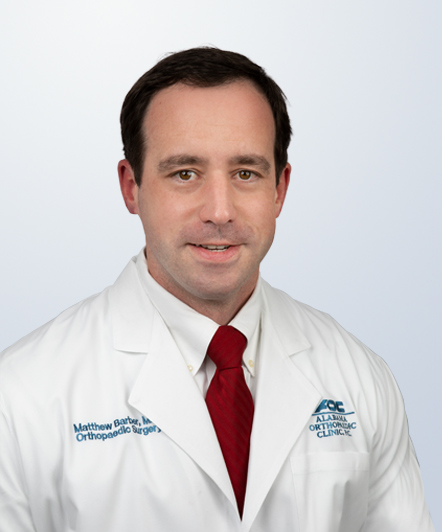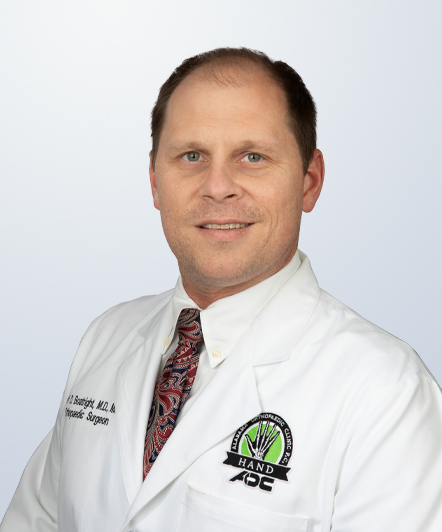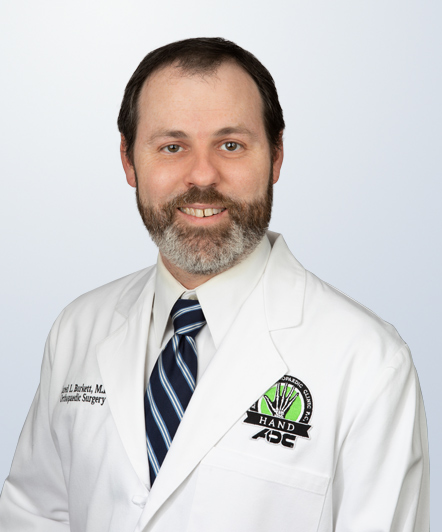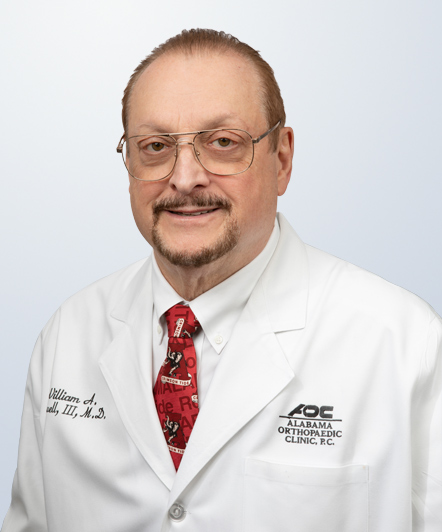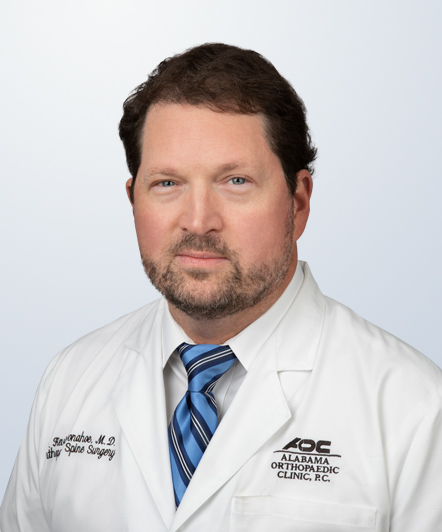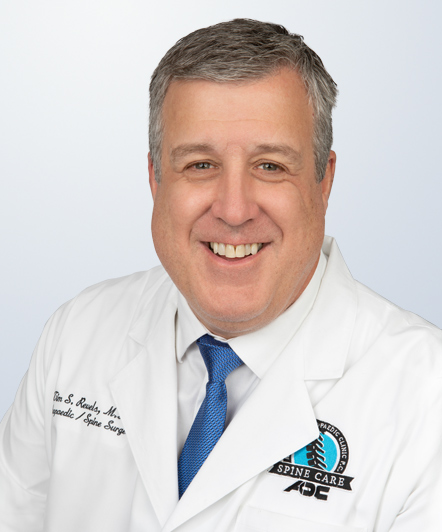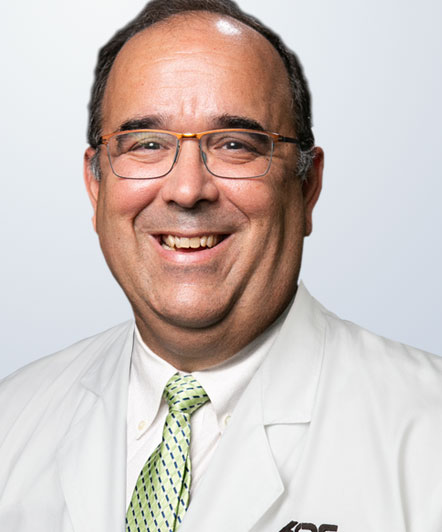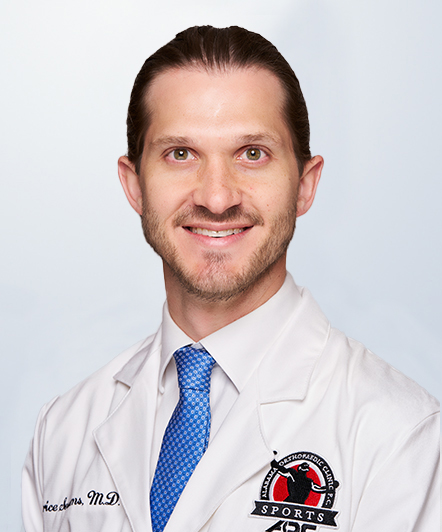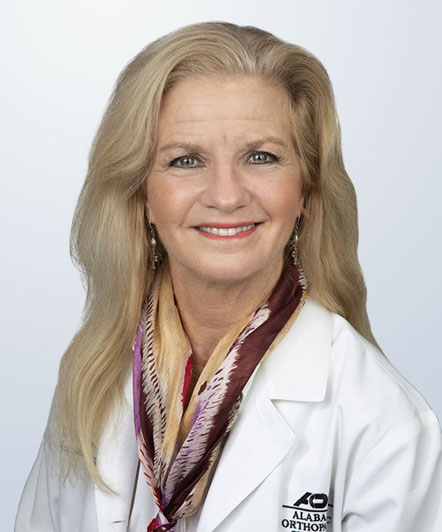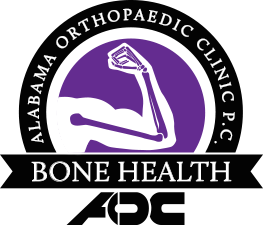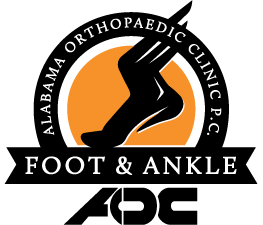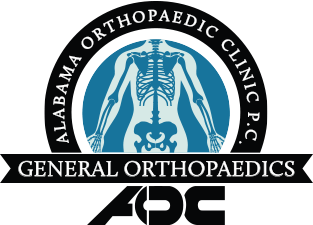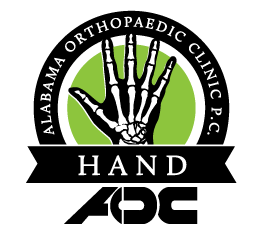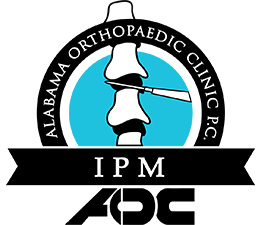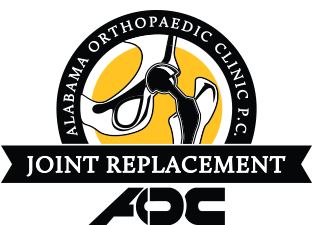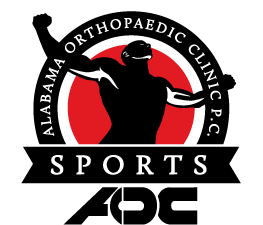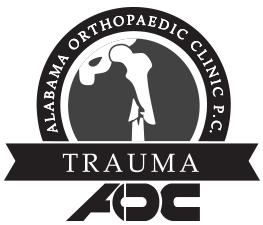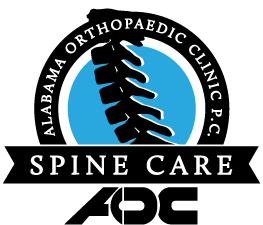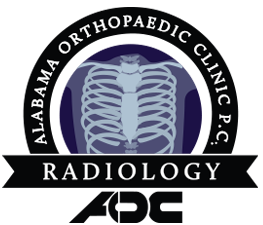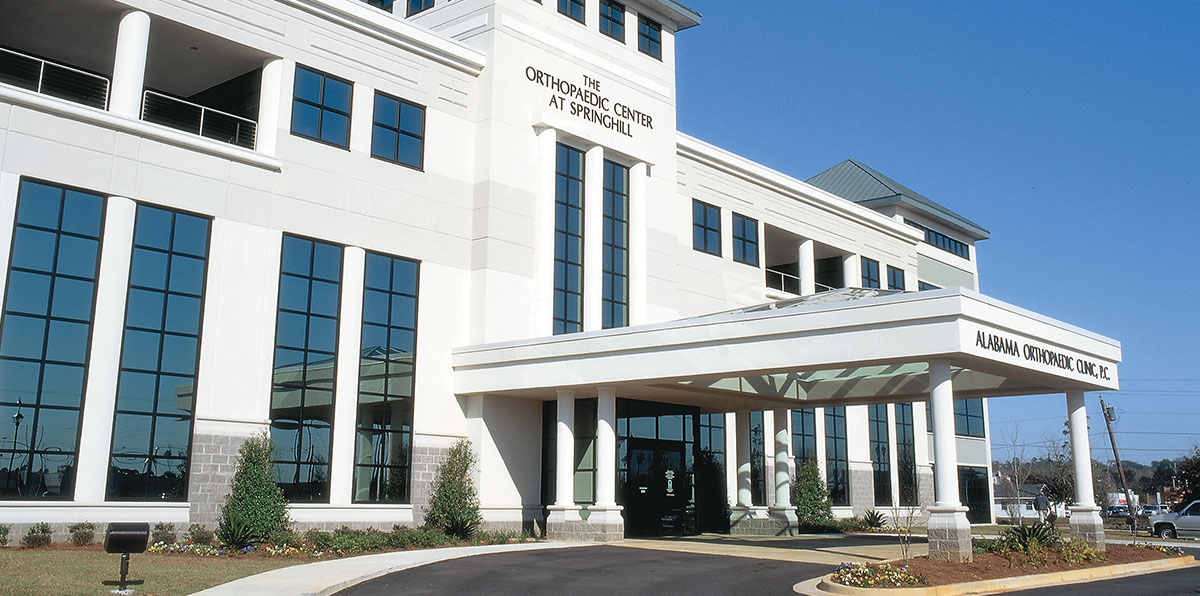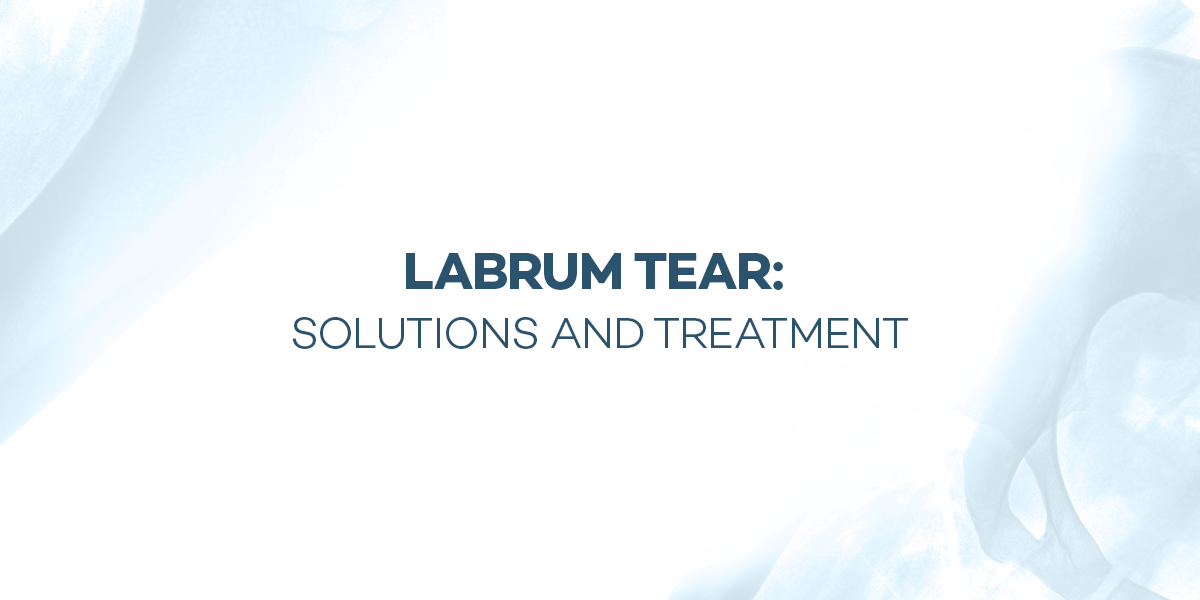News & Events
Labrum Tear: Solutions and Treatment
The football season is in full swing, and while each snap of the ball is thrilling for fans, for the athletes on the field, one wrong hit can lead to serious shoulder injuries, such as a torn labrum.
The shoulder is made up of three bones: the shoulder blade (scapula), the upper arm bone (humerus), and the collarbone (clavicle). On the outer edge of the glenoid (the shallow socket in which the upper arm bone rests in the shoulder blade) is the labrum, a soft tissue that helps stabilize the joint, makes the socket deeper, and allows a variety of movements.
A labrum can be torn in a number of ways; from falling on an outstretched arm, a direct hit to the shoulder, a forceful pull on the arm, or a forceful movement when the arm is above the shoulder level. Athletes who partake in repetitive overhead arm movements, such as quarterbacks and receivers, are especially at risk of a torn labrum.
Symptoms of a torn labrum typically include:
- A sharp popping in or locking of the shoulder
- Pain during shoulder movement
- Difficulty lifting objects, especially when lifting overhead
- Shoulder strength decrease
- Diminished range of motion
If surgery is required, it will be done with arthroscopy, which means the surgeon inserts a small camera into the shoulder joint through a small incision. The camera, called an arthroscope, provides pictures on a screen to help the surgeon guide and maneuver small surgical instruments to fix the tear.
For more information, call 251-410-3600. Comebacks start here.
- < Back
- |


